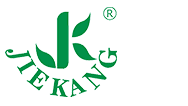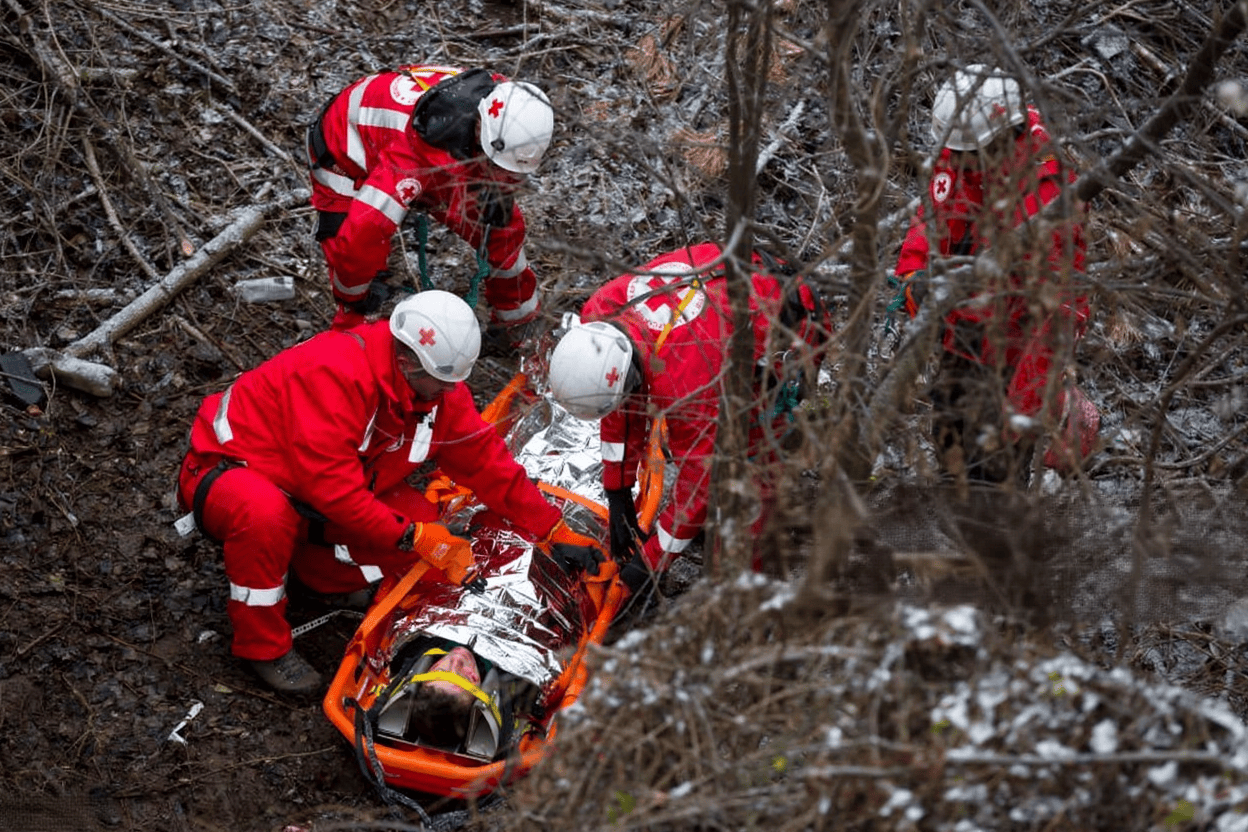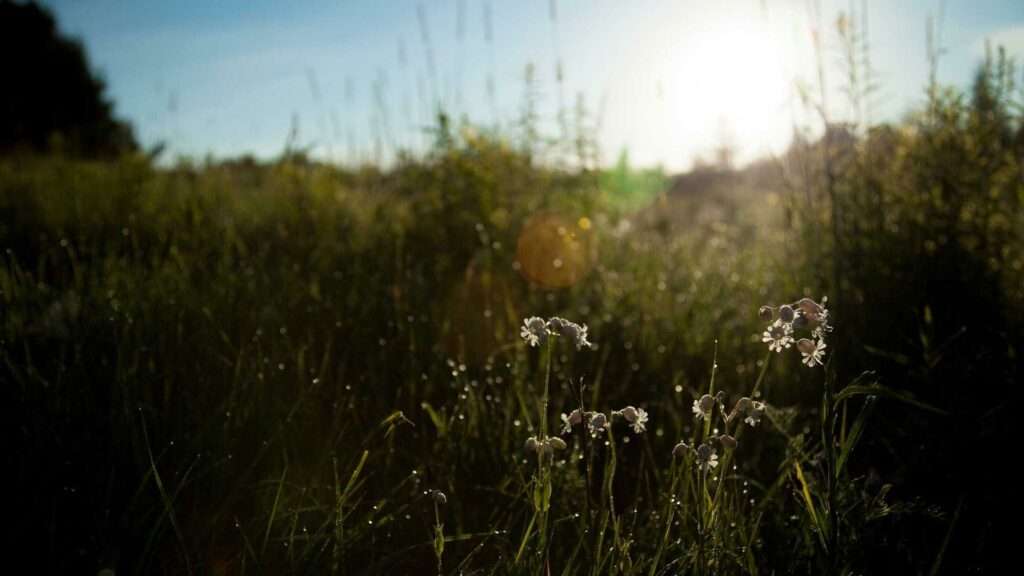Basket stretchers are built for the extremes—steep rock, tight shafts, fast water. Whether you’re air-lifting a climber off a ledge or ferrying a patient through floodwater, the right basket stretcher keeps the person protected and your team in control. This guide—written for international procurement teams—explains how basket stretchers work, compares materials (titanium, stainless steel, and HDPE), and shows where Jiekang’s basket stretchers fit when you want reliable performance with factory pricing.
What is a basket stretcher—and why is it used in difficult rescues?
A basket stretcher (often called a Stokes litter) is a rigid, high-sided stretcher that cocoons the patient. Compared with a flat backboard, a basket stretcher is more like a protective shell: the frame and shell surround the patient, multiple straps lock the body in place, and the unit can be hoisted horizontally or vertically without compromising safety. That’s why teams use it in:
- Confined or rugged terrain where dragging, sliding, or bumping is unavoidable.
- High-angle operations that require rope systems or helicopter winches.
- Mixed transport—carry by hand, skid over snow, tow behind a vehicle, float on water, then hoist to a boat or aircraft—using one device.
In short: a basket stretcher delivers full-body protection + secure immobilization + multi-mode transport in places a standard cot can’t go.
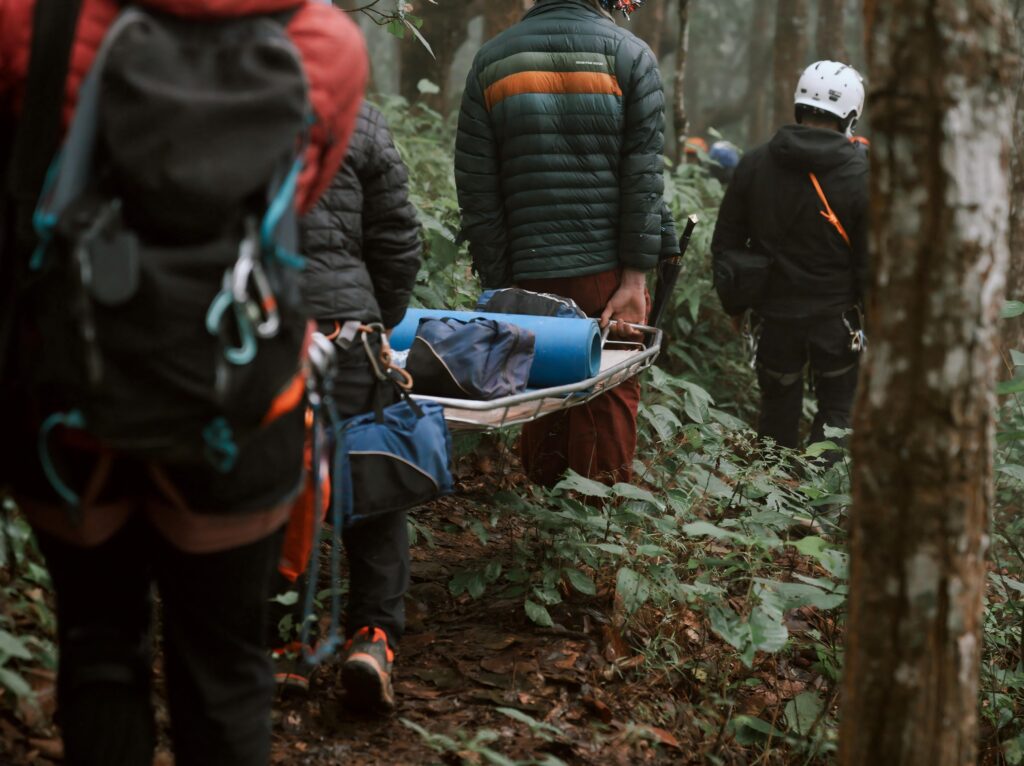
Key advantages at a glance
- Full-body enclosure. High sides and a rigid base protect against rock edges, branches, and debris while minimizing jostling.
- High-angle ready. Multiple rated attachment points support both horizontal and vertical lifts with rope or hoist systems.
- Compatible with immobilization. Works with backboards, vacuum mattresses, head immobilizers, and 3- to 5-point strap sets to align with SMR (spinal motion restriction) practices.
- One stretcher for many moves. Hand carry, wheel or skid kits for trails and snow, towing bars for rough ground, flotation for water, and hoist slings for air or crane lifts.
Material comparison: titanium, stainless steel, and HDPE
Different missions favor different builds. Jiekang manufactures basket stretchers in titanium, stainless steel, and HDPE (high-density polyethylene, with internal metal reinforcement) so procurement teams can match performance to use case and budget.
Titanium — ultralight strength
- Why choose it: The best strength-to-weight profile. Noticeably lighter on long approaches, steep carries, and helicopter hoists. Corrosion-resistant for wet or coastal environments.
- Best fit: Alpine teams, high-angle rope rescue, units where every kilogram matters.
- Buyer note: Premium material and fabrication cost more upfront, often repaid through faster carries and lower rescuer fatigue.
Stainless steel — the durable workhorse
- Why choose it: Time-tested durability and high load capacity with excellent impact resistance. Stands up to dragging, bumping, and years of hard service.
- Best fit: Fire/rescue departments, municipal services, mixed urban–wildland operations.
- Buyer note: Heavier than titanium but cost-efficient and easy to standardize across a fleet.
HDPE shell (with metal frame) — corrosion-proof and float-friendly
- Why choose it: Buoyant, easy-to-clean shell that shrugs off saltwater, fuels, and common disinfectants. Smooth surfaces rinse quickly after flood or maritime deployments.
- Best fit: Water rescue, flood response, coastal SAR, industrial sites with chemical exposure.
- Buyer note: Excellent value for broad preparedness programs; pair with flotation collars for dedicated water operations.
All Jiekang basket stretchers are designed to integrate with standard strap sets, head immobilizers, backboards/vacuum mattresses, rope bridles, footrests, and optional single-wheel or skid kits.
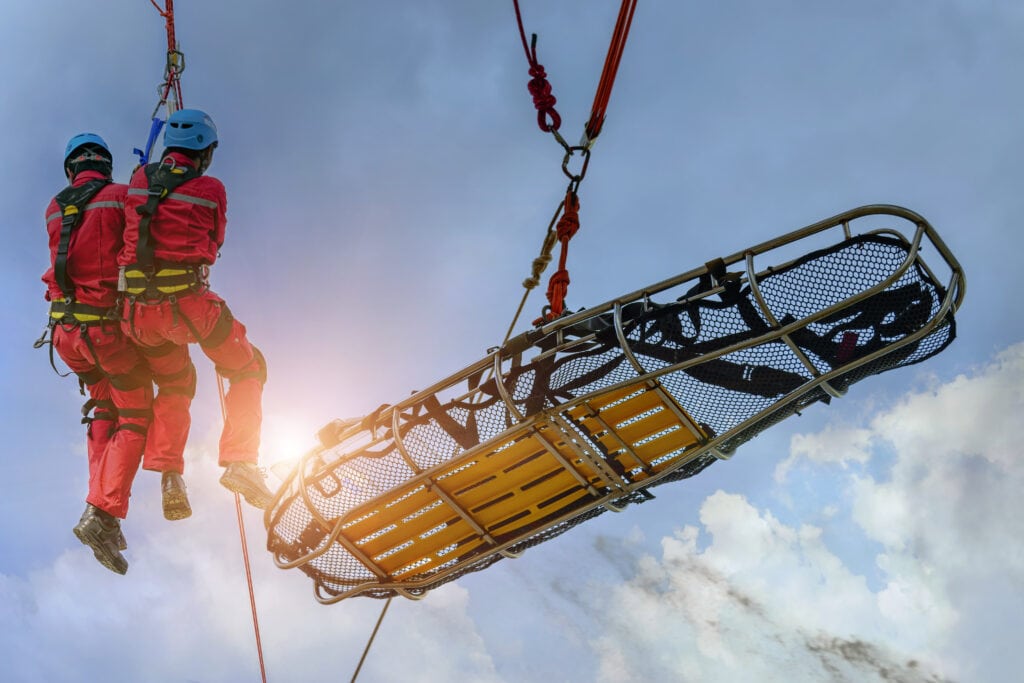
Mountain rescue performance: safe, steady, and hoist-ready
Mountain environments demand a stretcher that hoists cleanly and carries steadily:
- Vertical and horizontal hoisting. Multiple attachment points distribute load for stable helicopter or rope lifts. A properly rigged bridle keeps the litter level in wind or while pivoting around rock.
- Rugged transport. The rigid frame tolerates dragging over rock, scree, roots, and snow without deforming, while the shell shields the patient during contact.
- Full-body security. Strap systems and optional footrests prevent sliding during steep traverses. A weather cover helps protect against spindrift, falling debris, and wind chill.
- Field example. A team stabilizes a patient on a backboard, laces the person into the basket stretcher, and performs a two-phase raise and lower across a cliff band—no patient shift, no frame flex, and minimal handling between phases.
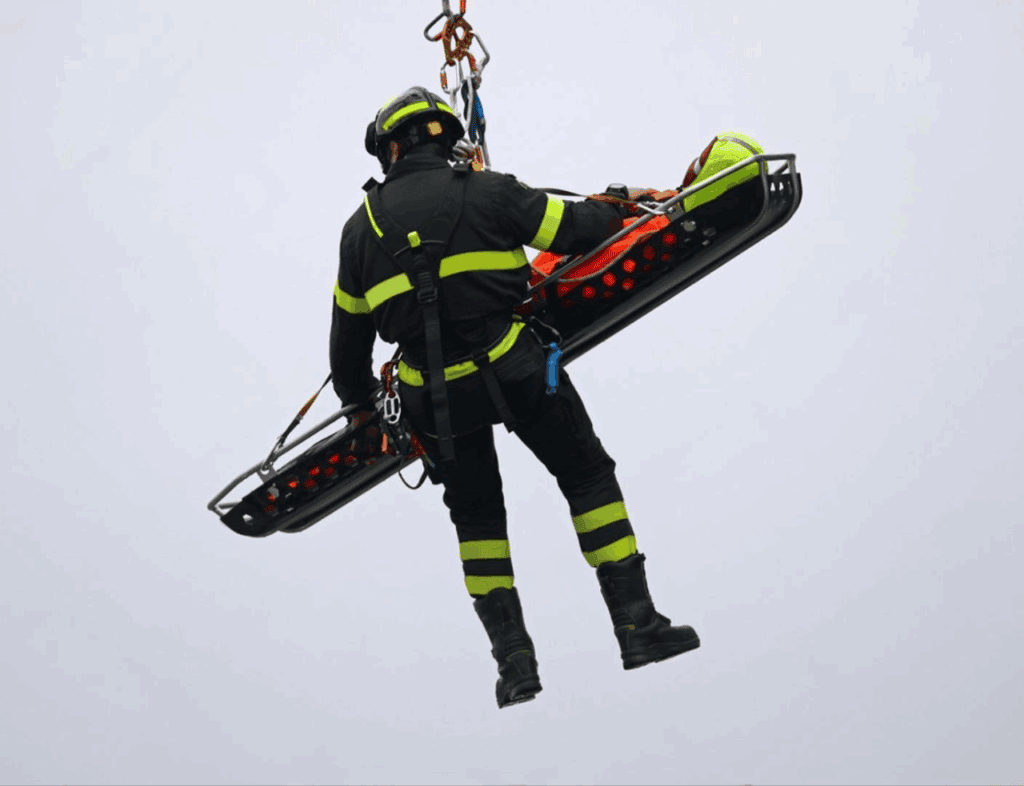
Water rescue performance: float, stabilize, transfer
For flood and maritime operations, the stretcher becomes part raft, part litter:
- Floatation. Add flotation collars or integrated foam to keep the basket upright and buoyant with the patient on board, so the head stays above water while crews guide the litter.
- Corrosion resistance. Stainless steel and HDPE builds resist rust and chemical exposure; smooth shells decontaminate quickly after dirty water or spill incidents.
- One device, multiple transfers. Move from water to shore to vehicle—or hoist directly to a boat or helicopter—using the same litter and standard sling kit.
- Field example. In chest-deep floodwater, responders secure a non-ambulatory patient into an HDPE basket with floats, guide it across a current using tag lines, then clip the same litter into a crane hoist for dockside transfer—no repack, no extra handling.
Why Jiekang’s basket stretchers make sense for B2B buyers
Jiekang offers basket stretchers in titanium, stainless steel, and HDPE builds to match mountain and water missions. For international procurement, the priorities are simple: dependable performance, flexible options, and clear value.
- Factory pricing. Source directly from the manufacturer to protect margins on distribution projects or stretch public-sector budgets further.
- Customization on tap. Colorways for visibility or agency branding, logo application, accessory bundles (straps, head blocks, floats), and packaging to match your program.
- Supply assurance. Stable production and global shipping support large roll-outs—ideal for tenders, national stockpiles, or multi-region deployments.
- Sales and training assets. Spec sheets, high-resolution media, user guides, and setup videos shorten evaluation and onboarding for your teams and end users.
- Start small or scale fast. Samples and pilot quantities help you validate fit; ramp to volume when your program is ready.

Conclusion: choose the build for your mission, then keep it simple
When terrain gets vertical or the water turns fast, a basket stretcher is the tool that stays with the patient from first touch to final transfer. Pick the build that fits your risk profile:
- Titanium for ultralight, high-angle work.
- Stainless steel for all-purpose durability.
- HDPE for water, corrosion, and quick decon.
Jiekang’s basket stretchers cover all three—with accessories to turn one platform into a complete mountain or water rescue solution. If you’re planning a purchase cycle or assembling a tender, get in touch for factory pricing, samples, and OEM options. Equip your teams once, and equip them right.
